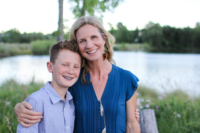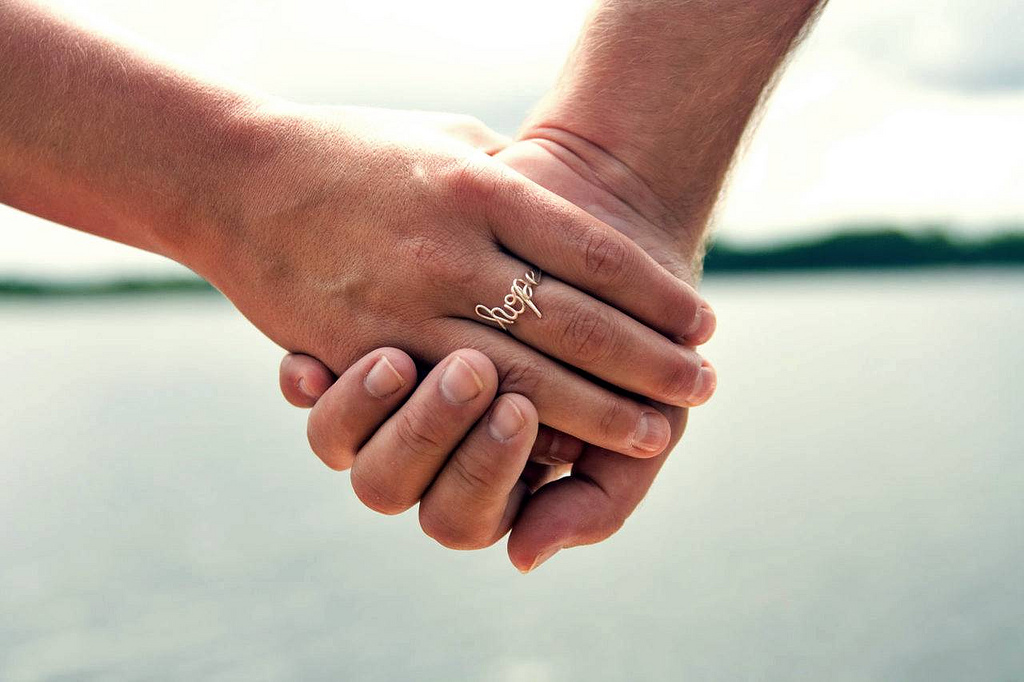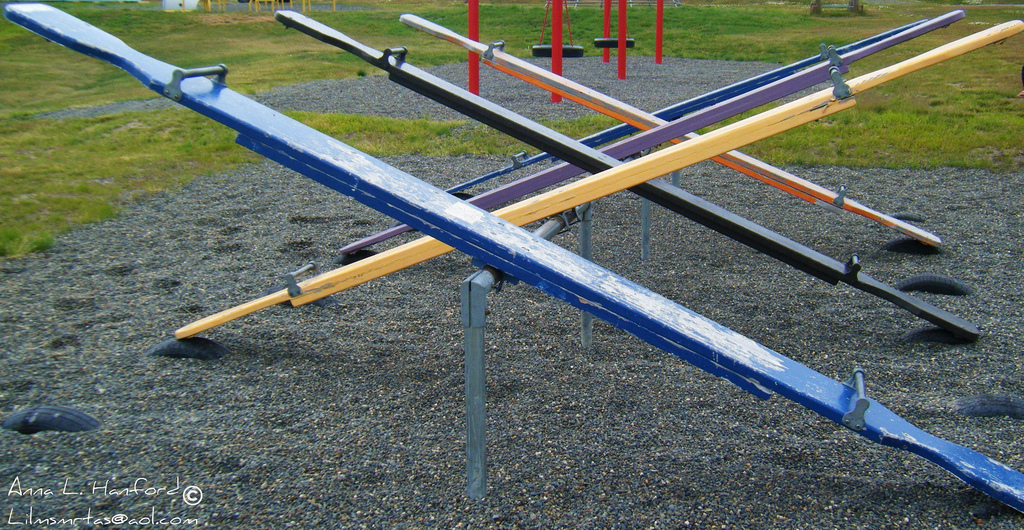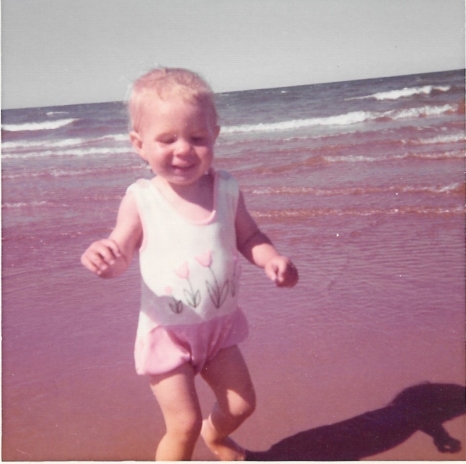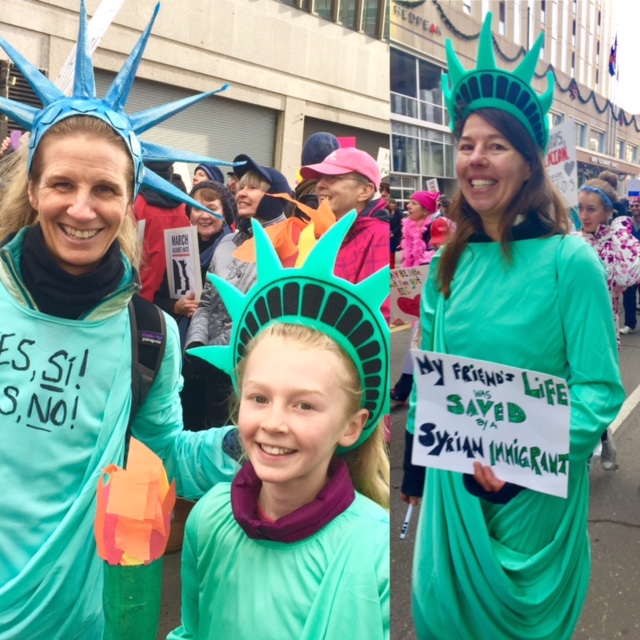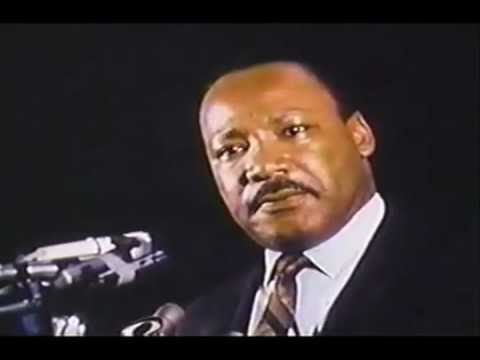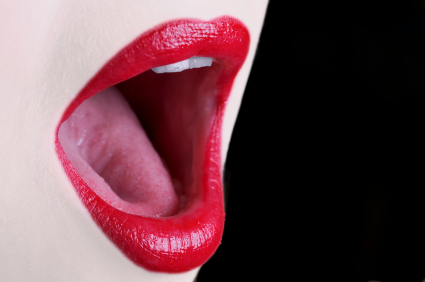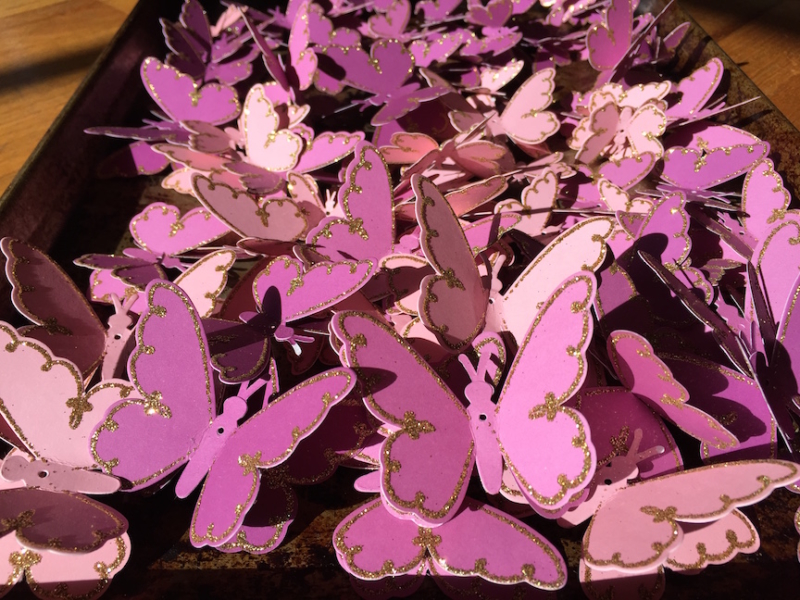*written the day I went into 36-hours of surgery including 2 craniotomies. I came out of surgery the night of my son’s birthday.
Dear Cole,
When you were three years old, we went for a walk along the muddy banks of the Connecticut River in Lyme, New Hampshire. It was raining and we watched the swallows feed off the recently-hatched bugs on the surface of the water. You identified raccoon tracks in the mud and said, “They look like tiny hands, Mama.” Walking along the water’s edge with your hand in mine is a happy memory that I can feel even now, ten years later, on the eve of your 13th birthday. You were curious about the swallows and you wanted to get close to them, so you made up something you called the “quiet walk” where you crouched down low, spoke in loud whispers that weren’t that quiet, and lifted your legs high then put them down firmly until you put your right foot down so hard that it got stuck in the thick mud. We both laughed so hard that the swallows hid from us.
I have always loved walking with you and paying attention to the world as we go. Even if you and I often get stuck in the mud when we’re together. Your first sentence was “Mama in mud” and your second was, “Toad peed on Mama.” These were your very first stories, born in the adventures of us heading out, no matter the weather, and exploring. I picked flowers and mushrooms, you collected sticks. We usually found bugs or frogs that we wanted to bring home, but never did successfully.
And now you are turning 13 and we still we walk together. Well, I walk, and you skateboard. We head up the hill to see the view of the Flatirons and the clouds over the mountains and just how much sky there is to see in Colorado. Then I hold my breath while you turn away and ride down the steep section of Alpine Ave. You carve wide turns like you are on GS skis, picking up speed and arching your back to feel the rhythm and create balance as you lean into the hill and away from it. You look like a surfer or a dancer when you read the ground with your body.
I’m thinking about you and our walks together because we’re kind of on a walk now as we face this unknown of my surgeries, meant to save my life from this tumor. We’ve had to head out without any idea of what’s going to happen or how it’s going to turn out and that’s easy to do if you’re just going out for a walk from the house to look at tracks in the mud, but it’s a lot harder when you’re hurtling down a steep hill on a piece of wood with wheels or saying yes to someone to hold your open skull in their hands.
And yet – from the moment I knew I was pregnant with you until now, it’s always been unknown. When I was pregnant, I was sure you were a girl, for example, and I had zero idea of how to be a parent. I am way more comfortable when I am in control of what’s happening, so it was really challenging for me to let go of control and just trust that my body knew exactly what to do to bring a baby into this world and how to be a parent. I used to talk to you when you were still just the size of a lima bean inside me. I’d say, “We are in this together. It’s going to work out fine. It always has.” I remember once watching a doe immediately after she gave birth. She just stood up in the ripe red light of sunrise and listened. I thought, if I listen well enough, I’ll know what to do.
It feels important for me to tell you how perfect you are, as you are. From the moment you were born, you had already won our hearts. There is nothing you can do to make me love you more or love you less. You and I have been walking together since the beginning and we will keep walking together, no matter what distance separates us. Right now, you are waking up on the edge of a northern lake in Ontario and I am in Boston, and I feel you as if you were sitting next to me. It’s not a connection that lives only in the physical world; it’s much wider and deeper than that, like the lake itself.
I also want to thank you, Cole, for giving me so much joy. When you were little, you were really into forts – which were often just sheets and couch pillows and maybe a broom and some rope for stability. Sometimes you built forts, but sometimes you built spaceships. You were captain and gave us responsibilities. I remember once you told us that Papa was in charge of checking the ship and making everything work. Hazel was in charge of the water. And I was in charge of making sure the animals stayed in their part of the spaceship. We played under a striped sheet; I tossed “escaping” stuffed animals over cushions and you made all kinds of engine noises while Hazel kept bringing us tea cups filled with water and Papa banged on pretend dials. You still bring out the part of me that just loves to play. Thank you for forts and spaceships and sledding and skiing and making up games with tennis balls off roof tops. Thank you for making me laugh all the time – your quick wit is one of your many gifts. Please give of your humor generously because you can change a mood from dark to light in a heartbeat with it.
And now you are a teenager. The thing about the teenage years that you are now entering is that these are the years when you practice making and keeping friends. Practice is the key word here – there isn’t a shortcut to figuring our relationships – you kind of have to go through it all. One minute you’ll feel like you belong, the next, rejected, the next betrayed, the next, accepted. It’s all very confusing. My advice is to make friends with lots of different kinds of people, girls, too. It takes more effort, but it’s worth it. People who are different from you teach you the most. Remember, when you feel left out, it’s not because your friends got together and planned to ignore you – but rather because they’re a bunch of human beings swimming around in their own emotional soup. The trick is to give people the benefit of the doubt because then you can actually get somewhere: learn, grow, move on, go deeper into what it means to be a good friend. It’s also worth giving others the benefit of the doubt because you’re going to ditch someone a few times too and it’s not because you’re a jerk. It’s because you’re still just a dumb kid learning and growing: a work in progress.
As a work in progress, be kind to yourself. I wasted too much energy on trying to make everyone happy and trying to make everything come out a certain way and then blaming myself for not being good enough when it didn’t. The reason it’s important not to give in to those negative thoughts is because you cannot be kind to others if you are not kind to yourself. It’s like trying to dance with someone without moving your feet.
The only other thing I want to tell you right now is that none of what is happening to me is your responsibility. And what I mean is that you may feel the need to be strong for Hazel or for Papa. Or you may feel really sad or angry. You may feel nothing at all. I have felt all of these ways, sometimes in the space of 5 minutes. But everyone is going to respond differently and that is not just normal, it is necessary. Be patient with yourself. There is nothing you can do to change what is and I believe there is a deeper, loving intelligence at play that will make sure that all will be well.
I am not afraid right now. I feel so loved and held. And I feel so connected to you, so in love and grateful for our amazing family. I really do. You and I have many more walks together and I can’t wait to explore the world with you. You’re such good company, Cole – and you make me so happy.
Happy Birthday, Cole. Papa and I love you, unconditionally. Go into the world knowing that and watch the way the world responds back with love.
Xoxo Mama
